Solar Innovations Corporation bought a machine at the beginning of the year at a cost of $39,000. The estimated useful life was five years and the residual value was $4,000. Assume that the estimated productive life of the machine is 20,000 units. Expected annual production was year 1, 4,600 units; year 2, 5,600 units; year 3, 4,600 units; year 4, 4,600 units; and year 5, 600 units Required 00-59151. Complete a depreciation schedule for each of the alternative methods. a. Straight-line. b. Units-of-production. c. Double-declining-balance. 2. Which method will result in the highest net income in year 2? Does this higher net income mean the machine was used more eBook efficiently under this depreciation method? Complete this question by entering your answers in the tabs below. Req 1AReq 1B Req 1C Req 2AReq 2B Complete a depreciation schedule for Straight-line method. (Do not round intermediate calculations.) Income Statement Balance Sheet Depreciation Expense Year Cost Depreciation Bok Value At acquisition 2 3 4 5 Req 1A Req 1B>
Solar Innovations Corporation bought a machine at the beginning of the year at a cost of $39,000. The estimated useful life was five years and the residual value was $4,000. Assume that the estimated productive life of the machine is 20,000 units. Expected annual production was year 1, 4,600 units; year 2, 5,600 units; year 3, 4,600 units; year 4, 4,600 units; and year 5, 600 units Required 00-59151. Complete a depreciation schedule for each of the alternative methods. a. Straight-line. b. Units-of-production. c. Double-declining-balance. 2. Which method will result in the highest net income in year 2? Does this higher net income mean the machine was used more eBook efficiently under this depreciation method? Complete this question by entering your answers in the tabs below. Req 1AReq 1B Req 1C Req 2AReq 2B Complete a depreciation schedule for Straight-line method. (Do not round intermediate calculations.) Income Statement Balance Sheet Depreciation Expense Year Cost Depreciation Bok Value At acquisition 2 3 4 5 Req 1A Req 1B>
Chapter1: Financial Statements And Business Decisions
Section: Chapter Questions
Problem 1Q
Related questions
Question

Transcribed Image Text:Solar Innovations Corporation bought a machine at the beginning of the year at a cost of $39,000. The estimated useful life was five
years and the residual value was $4,000. Assume that the estimated productive life of the machine is 20,000 units. Expected annual
production was year 1, 4,600 units; year 2, 5,600 units; year 3, 4,600 units; year 4, 4,600 units; and year 5, 600 units
Required
00-59151. Complete a depreciation schedule for each of the alternative methods.
a. Straight-line.
b. Units-of-production.
c. Double-declining-balance.
2. Which method will result in the highest net income in year 2? Does this higher net income mean the machine was used more
eBook
efficiently under this depreciation method?
Complete this question by entering your answers in the tabs below.
Req 1AReq 1B
Req 1C
Req 2AReq 2B
Complete a depreciation schedule for Straight-line method. (Do not round intermediate calculations.)
Income
Statement
Balance Sheet
Depreciation
Expense
Year
Cost
Depreciation Bok Value
At acquisition
2
3
4
5
Req 1A
Req 1B>
Expert Solution
This question has been solved!
Explore an expertly crafted, step-by-step solution for a thorough understanding of key concepts.
This is a popular solution!
Trending now
This is a popular solution!
Step by step
Solved in 4 steps with 4 images

Recommended textbooks for you
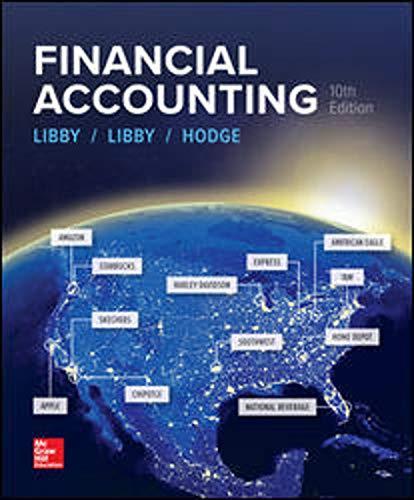
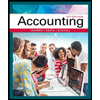
Accounting
Accounting
ISBN:
9781337272094
Author:
WARREN, Carl S., Reeve, James M., Duchac, Jonathan E.
Publisher:
Cengage Learning,
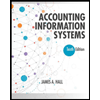
Accounting Information Systems
Accounting
ISBN:
9781337619202
Author:
Hall, James A.
Publisher:
Cengage Learning,


Accounting
Accounting
ISBN:
9781337272094
Author:
WARREN, Carl S., Reeve, James M., Duchac, Jonathan E.
Publisher:
Cengage Learning,

Accounting Information Systems
Accounting
ISBN:
9781337619202
Author:
Hall, James A.
Publisher:
Cengage Learning,
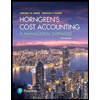
Horngren's Cost Accounting: A Managerial Emphasis…
Accounting
ISBN:
9780134475585
Author:
Srikant M. Datar, Madhav V. Rajan
Publisher:
PEARSON
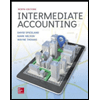
Intermediate Accounting
Accounting
ISBN:
9781259722660
Author:
J. David Spiceland, Mark W. Nelson, Wayne M Thomas
Publisher:
McGraw-Hill Education
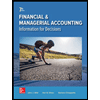
Financial and Managerial Accounting
Accounting
ISBN:
9781259726705
Author:
John J Wild, Ken W. Shaw, Barbara Chiappetta Fundamental Accounting Principles
Publisher:
McGraw-Hill Education